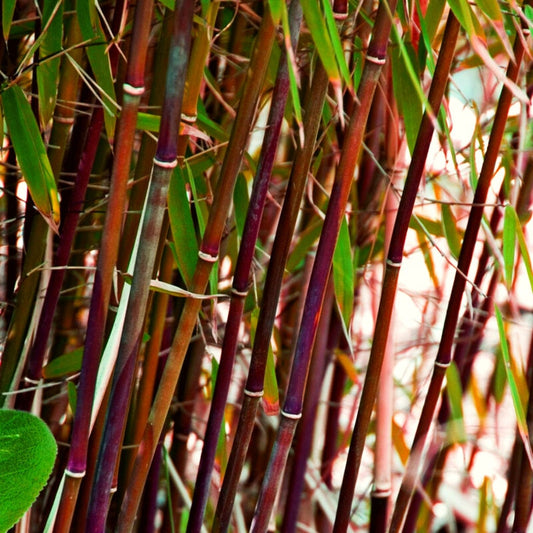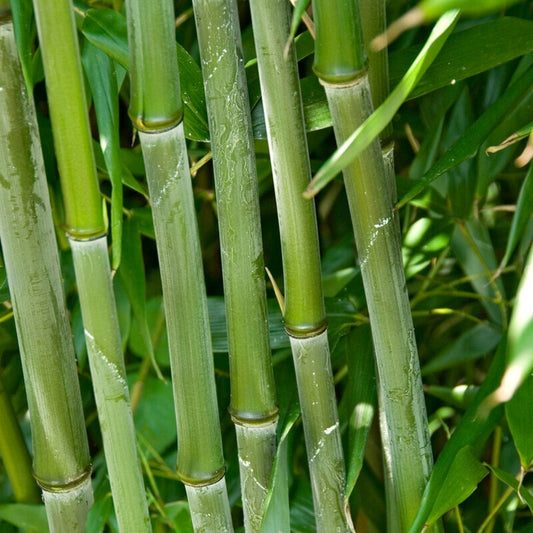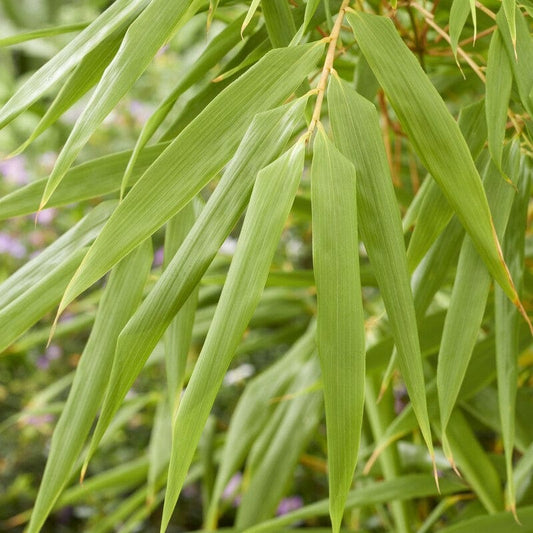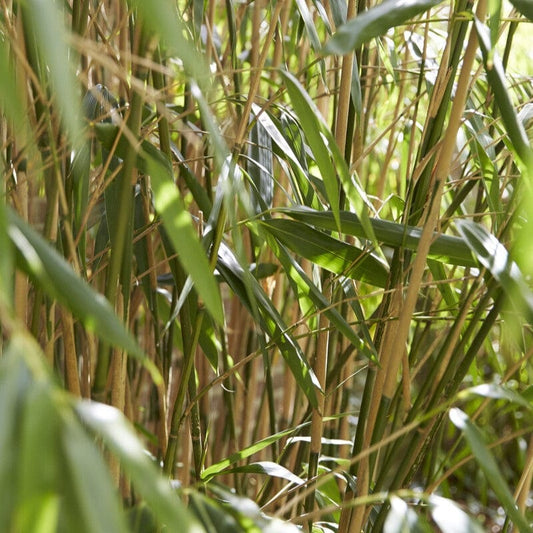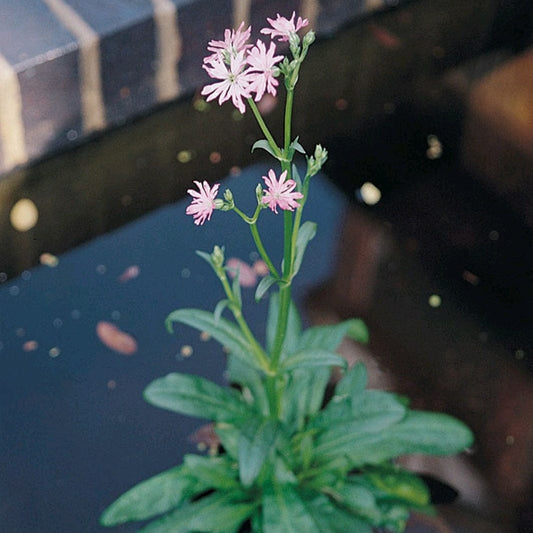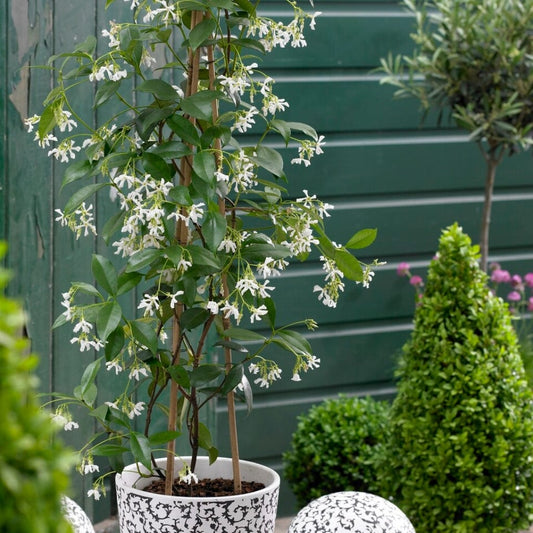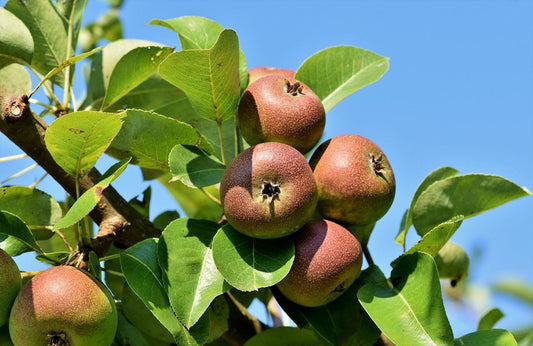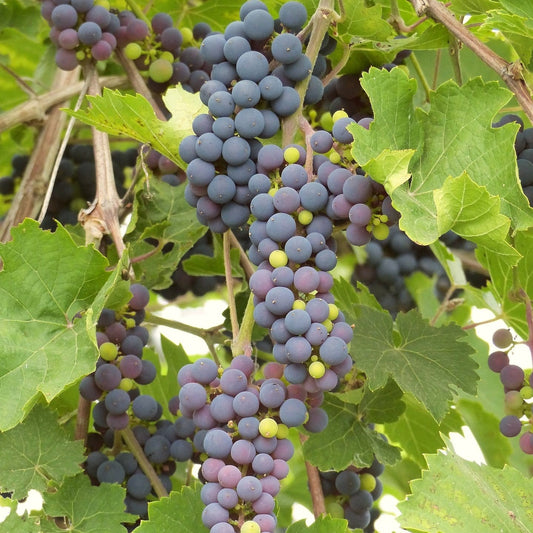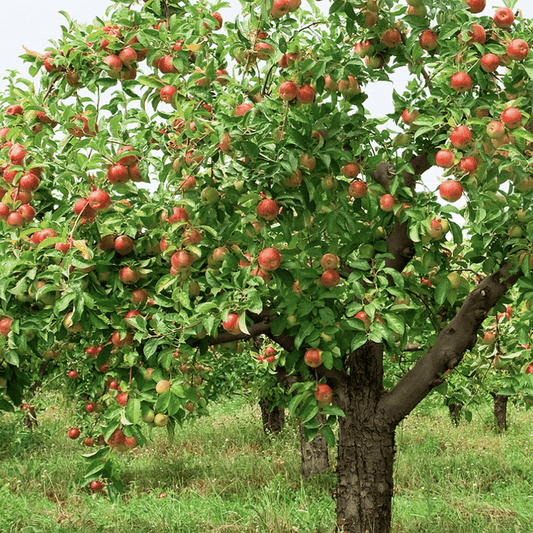
South Downs National Park
Meet Danielle
110 years' expertise free with every plant
Straight from the capable hands of our shrub specialist Danielle to your garden, you can be sure that each bush, hedge and plant is grown to last. Nurtured in the fields of the South Downs and professionally pruned for the best shape, these hardy feature plants will be adding structure, colour and variety to your garden for many years to come.
Bamboo FAQs
What types of bamboo are suitable for growing in the UK?
Both clumping and running types of bamboo grow well in the UK climate. Running bamboo is good for borders and screens but needs to be kept under control to stop it spreading, while clumping varieties are easier to manage and do well in pots. Our guide to both bamboo types will help you decide which is best for your garden.
How do I choose the right location for planting bamboo?
The ideal place to plant your bamboo is in a sunny or partially shaded position with well draining (and definitely not waterlogged) soil and shelter from strong winds which could cause the canes to break.
When is the best time to plant bamboo in the UK?
You can plant bamboo at any time of year, but the best time is in spring or early autumn. This allows the plant to put its energy into developing a good root system before it has to deal with a hot summer or cold winter.
How often should I water my bamboo plants?
Water your bamboo plant regularly for the first year, keeping the soil moist but not waterlogged. After this, your bamboo’s roots will have developed, giving it good drought tolerance, but you’ll still need to water it if the weather is very hot or dry.
Do I need to fertilise bamboo plants?
You’ll get the best results from your bamboo if you feed it twice a year in spring and mid summer with a general purpose, balanced fertiliser. It will also benefit your plant to give it a mulch with compost or manure in autumn or early winter.
How do I control the spread of running bamboo?
Running bamboo can become invasive if you don’t take steps to control it - the best time to do this is when you’re planting. Make the planting hole at least 40-60cm deep and line it with impermeable materials such as paving slabs, corrugated iron or specially made root barrier fabric. Make sure that barrier sits above the soil level and that all of the roots sit below it. Fill in the hole with soil or compost, then water it and hide the top of the barrier with a layer of mulch or stones. Check regularly for new shoots escaping and cut them off if you find any popping up where you don’t want them.
How do I prune bamboo plants?
Pruning your bamboo plants keeps them healthy and at a manageable size. Check the canes in spring and if any are looking weak, dead, damaged, cut them down to the ground. Bamboo grows best if it has plenty of air and light circulating through the canes, so if a mature clump of bamboo has got a bit crowded, thin out some of the canes in summer by cutting them down to the base. You can also prune the tops of the canes to reduce their size. It’s also fine to remove some of the lower leaves if you want to show off more of the bare stalks. You can prune bamboo at any time of year as long as there are no new shoots coming from the ground, although late winter or early spring are considered the best times.
Can bamboo grow in containers?
Bamboo does well in pots, especially if you choose a smaller or clumping variety. Your pot should be at least 45cm wide and deep, with drainage holes in the bottom. Mix in some slow release fertiliser pellets with the compost, then after planting, add a layer of mulch or gravel on the top of the pot, which will help keep moisture in the soil. Check the soil in your pot regularly, watering if it feels dry. Every 2-3 years you’ll probably have to repot your bamboo into a larger pot - alternatively, you can divide the plant and replant it into several new containers.
How can I use bamboo in my garden design?
You can use bamboo in your garden as a privacy screen, windbreak or just because it looks awesome. If your garden is smaller, go for a clumping variety, or for larger spaces, use running bamboo to create a natural border or hedge.
Is bamboo hardy enough to survive UK winters?
There’s some variation in the hardiness of bamboo - make sure you check your chosen variety. As a general rule, anything less than H5 will benefit from winter protection, so if a frost is forecast, you should protect your bamboo with some bubble wrap or horticultural fleece overnight. In pots, bamboo roots are more exposed to winter frosts, so in colder parts of the UK it’s a good idea to wrap your pot in fleece or bubble wrap or even move it indoors over winter. A garage, conservatory or shed with some natural light is fine for this. For more bamboo care tips, check out our complete growers’ guide.
Fighting plastic waste
Delivering fresh from the nursery
Supporting UK growers




